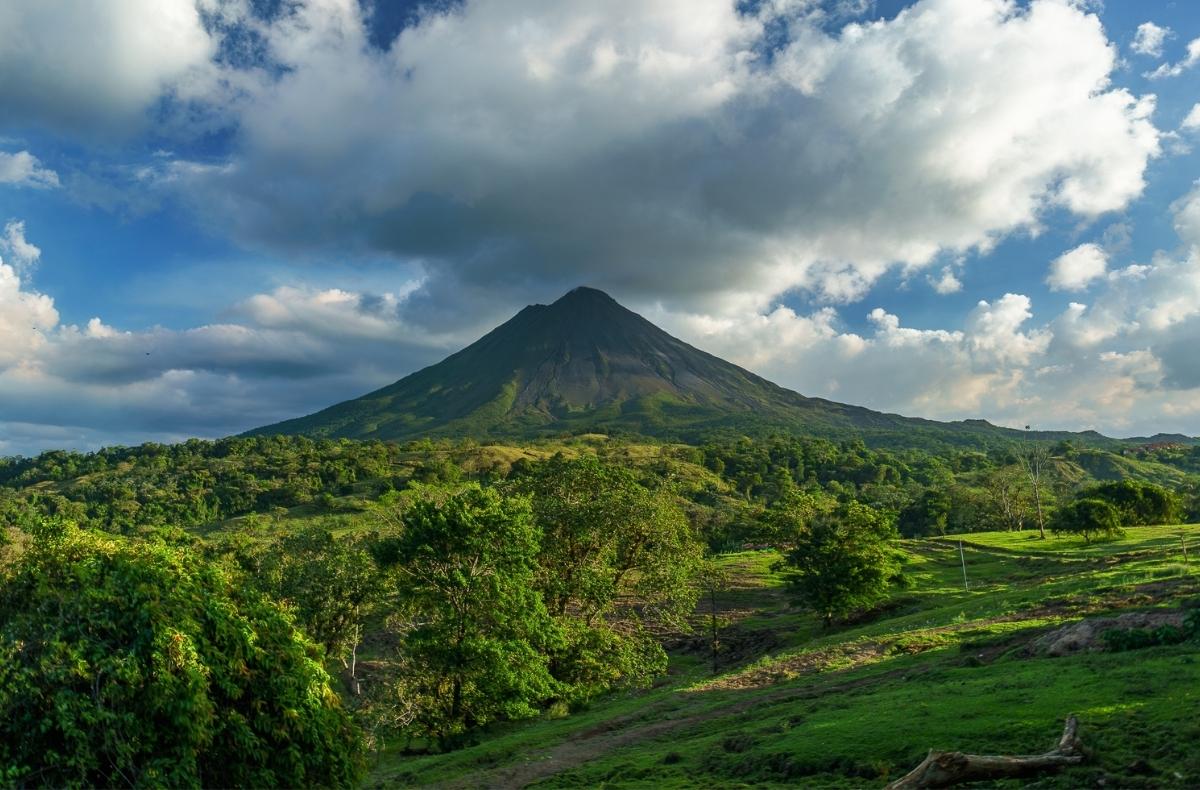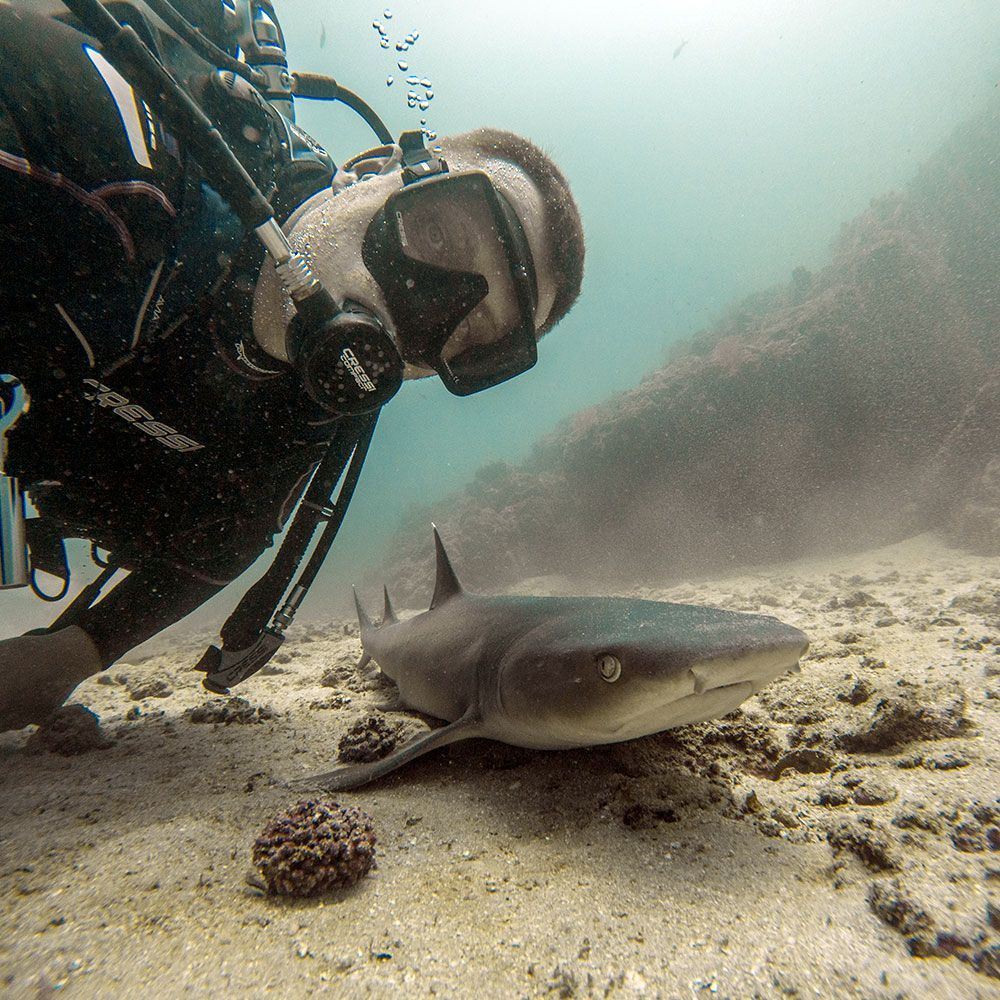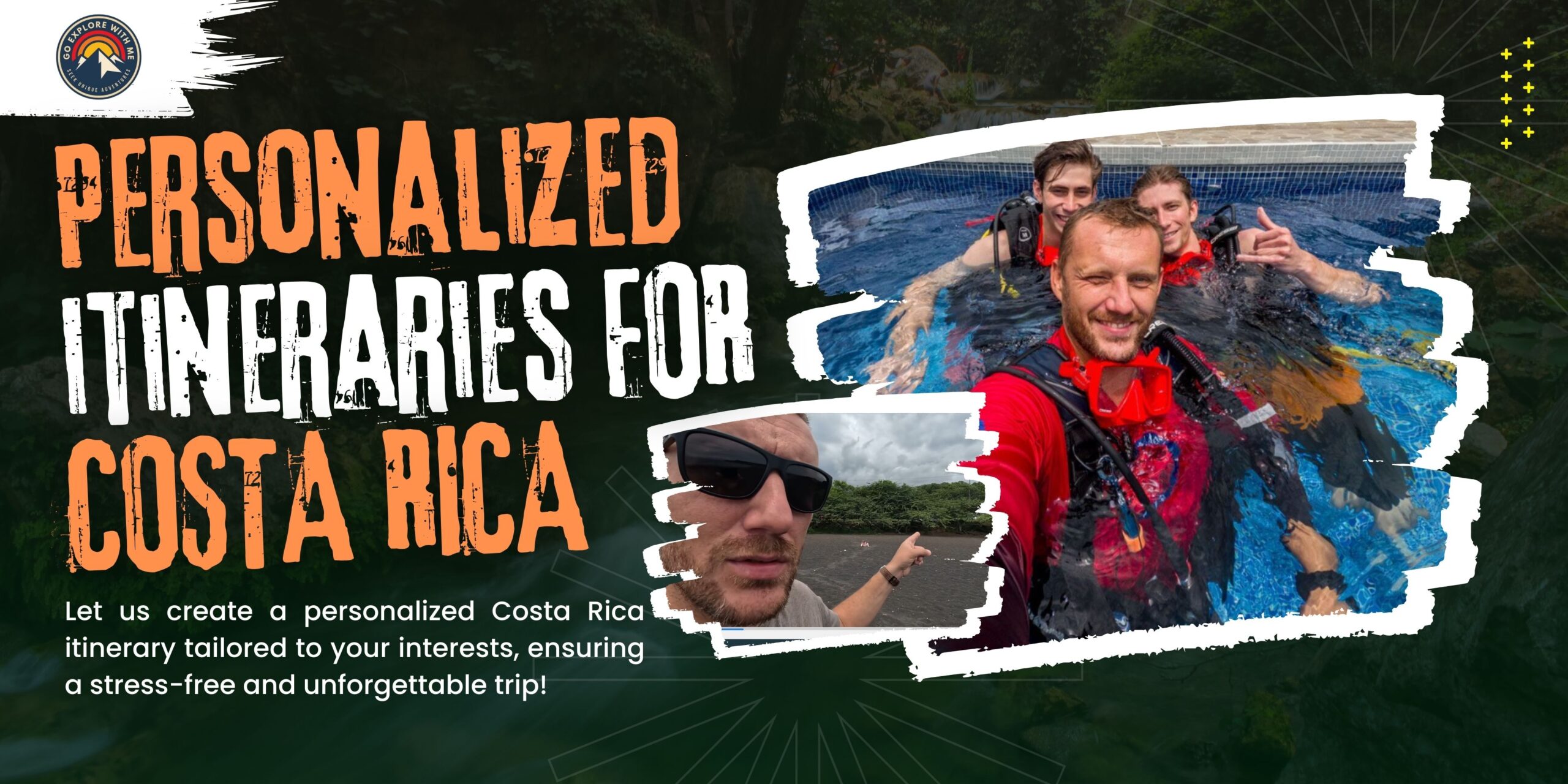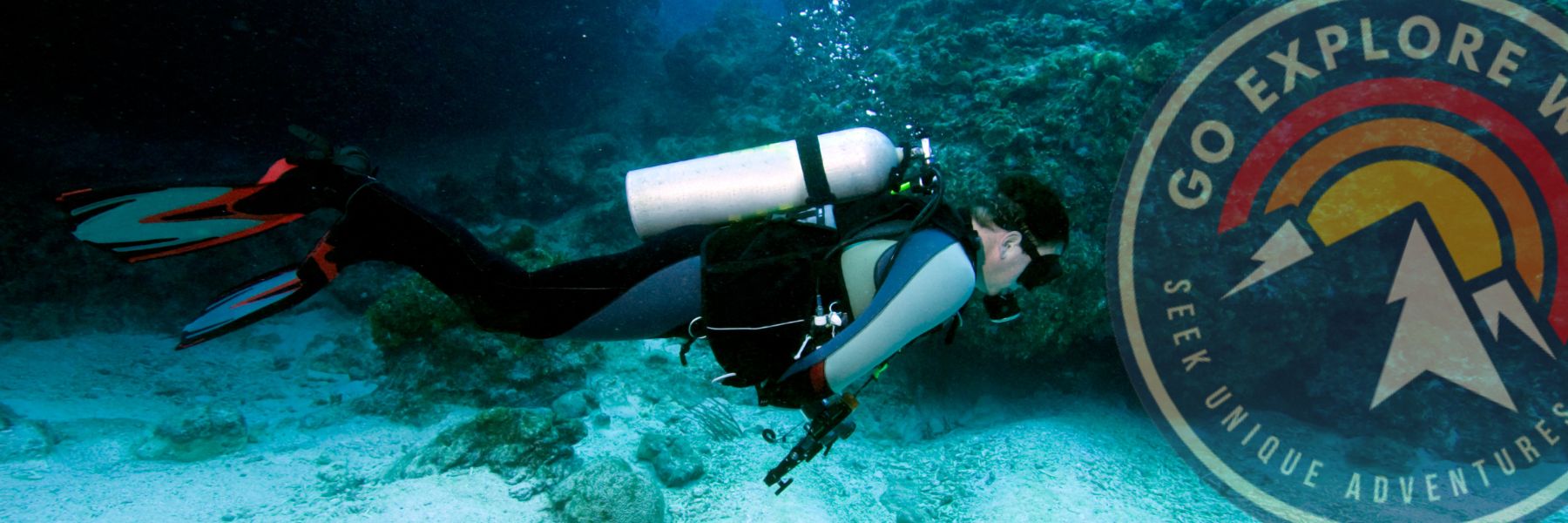Contents
There are all kinds of reasons for making a trip to Costa Rica: there is no combination of stunning natural landscapes, rich culture, and pure adventure like the one in Costa Rica. With its pristine beaches, verdant rainforests, varied wildlife, and eruptive volcanoes, the country has offerings for every kind of traveler. Those seeking leisure or adventure…or those simply wishing to bond more with nature will find that Costa Rica is bound to leave them with unforgettable memories. So, find out why this gem of Central America should be first on your traveling list.
Why Should You Visit Costa Rica?
Costa Rica promises all kinds of experiences to any traveler. It offers fantastic wildlife and great rain-forest life, alongside some of the most action-packed outdoor fun, such as zip-lining and surfing. Among all landscapes – wonderful beaches, active volcanoes – it has something to offer every nature lover and every adventure junkie around the world. Blessed with a variety of rich culture and wonderful ecotourism opportunities, Costa Rica has a unique promise of an unforgettable travel experience. Been there, done that? Here are the reasons Costa Rica should be on your list for the next travel destination.

Costa Rica’s Diverse Geography: From Volcanoes to Beaches
Costa Rica boasts a very diverse geography that includes active volcanoes, pristine beaches, rainforests, and mountain ranges. From the incredibly tall heights of Arenal Volcano to the idyllic shorelines offered by the Pacific and the Caribbean coasts, this country presents a certain frame of reference for all travel-them. Be it Flying over dense jungles, lounging on sandy beaches, or trekking along volcanic craters, Costa Rica’s varied scenery will entice one’s imagination into any possible outdoor adventure. Discover the natural beauty and landscapes that make Costa Rica unique.
Experience the Rich Culture and Festivals of Costa Rica
Costa Rica’s culture is replete with history, art, and traditions that give testimony to its vivacious heritage. Colorful festivals extending from Fiestas de los Diablitos to folkloric dances and traditional music keep alive the spirit of diversity and traditions all year long. Open-air fairs and indigenous customs allow the visitor to enter into an extraordinary cultural experience. Costa Rica’s culture bears a strong Spanish colonial influence intermixed with indigenous traditions, which makes it interesting and unique for the benefit of the tourists.
Must-See Attractions in Costa Rica: National Parks and Natural Wonders
There are a number of the world’s most breathtaking national parks and natural attractions found in Costa Rica. Visit the biodiversity hotspot Corcovado National Park or hike through the Monteverde Cloud Forest Reserve, which has some of the most unique flora and fauna on the planet. Do not forget to stop by Manuel Antonio National Park, the place where jungle meets beautiful beaches, as well as the Poás Volcano, one of the most active volcanoes in the country. This is just a few highlights of Costa Rica and its beauty in nature and for conservation.
Activities for Every Type of Traveler in Costa Rica
There is hardly any kind of traveler who will not find something to try in Costa Rica. Zip-lining, surfing, white-water rafting. Costa Rica is the home of adventure-thrill-seeking travelers, while nature lovers can explore its national parks and wildlife reserves. For those wanting to relax, beachfront resorts and natural hot springs do their soothing trick. Hiking volcanoes, exploring wildlife, and indulging in water sports: Costa Rica provides all levels of adventure. Whether you love wildlife, volcanos, or water sports, Costa Rica will just wow you.
Diving in Costa Rica: Explore the Pacific and Caribbean Coasts
Scuba diving in Costa Rica is amazing, especially on the Pacific and Caribbean coasts. Not only can you dive colorful coral reefs, but you can also experience great marine wealth and magical underwater volcanic formations. Additionally, the variety of dive sites offers unique encounters with diverse marine life, making it an unforgettable experience. The Cocos island of the Pacific, considered a World Heritage Site by UNESCO, is home to various ecosystems. The Caribbean coast merits mention for its clear waters, bringing lots of spectacular shipwreck dives, turtle, and ras sighting opportunities. Costa Rica’s waters guarantee great underwater adventure for both beginner and experienced divers.

Ecotourism in Costa Rica: How to Explore the Country Responsibly
In the ecotourism world, Costa Rica stands out; travelers can soak in its lovely beauty and shield the environment. Responsible tourism in Costa Rica means respecting the animal world, being a partner in conservation efforts, and having a low-carbon footprint. For their part, tourists can stay in eco-lodges, join sustainable tours, and take part in initiatives that teach about the environment. From hiking through idyllic, pristine forests to taking part in community-based tourism, Costa Rica offers various means for responsible exploration and a care for the thriving of its ecosystems.
Why Costa Rica is the Ultimate Destination for Outdoor Enthusiasts
The country with the perfect trek for the outdoor psych will be Costa Rica. Hiking through the rainforests. Surfing the famed top beaches in the world. Watching wildlife in numerous national parks. Be it volcanoes and mountain ranges, coasts, and coastal waters, Costa Rica has so much to offer when it comes to adventure. Zip lining through jungles, remote islands-the possibilities are endless. No other location can ever be so eco-friendly for an outdoor activity other than Costa Rica with its natural scenic beauty and dedication to conserving its untouched territory.






